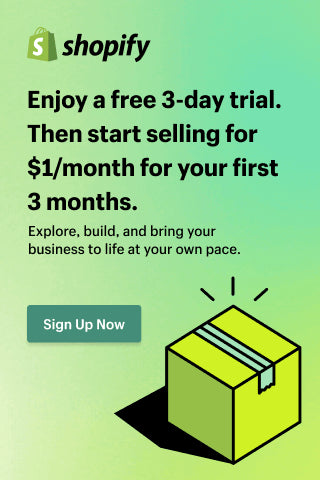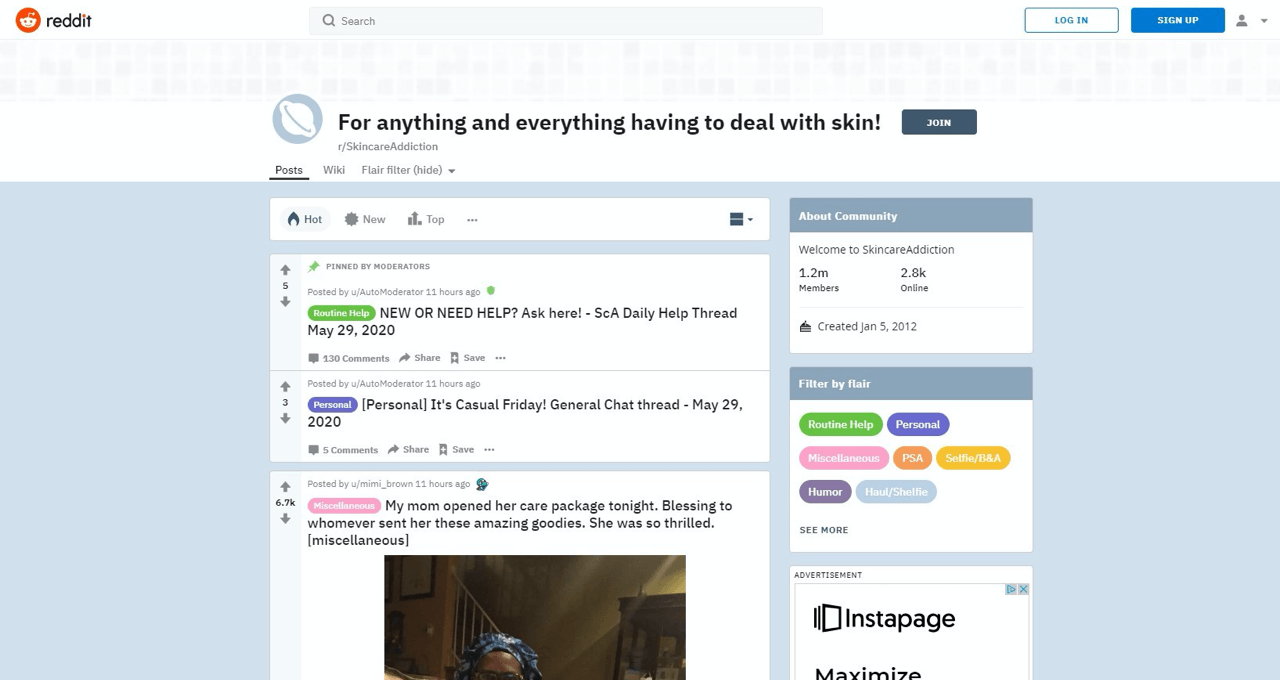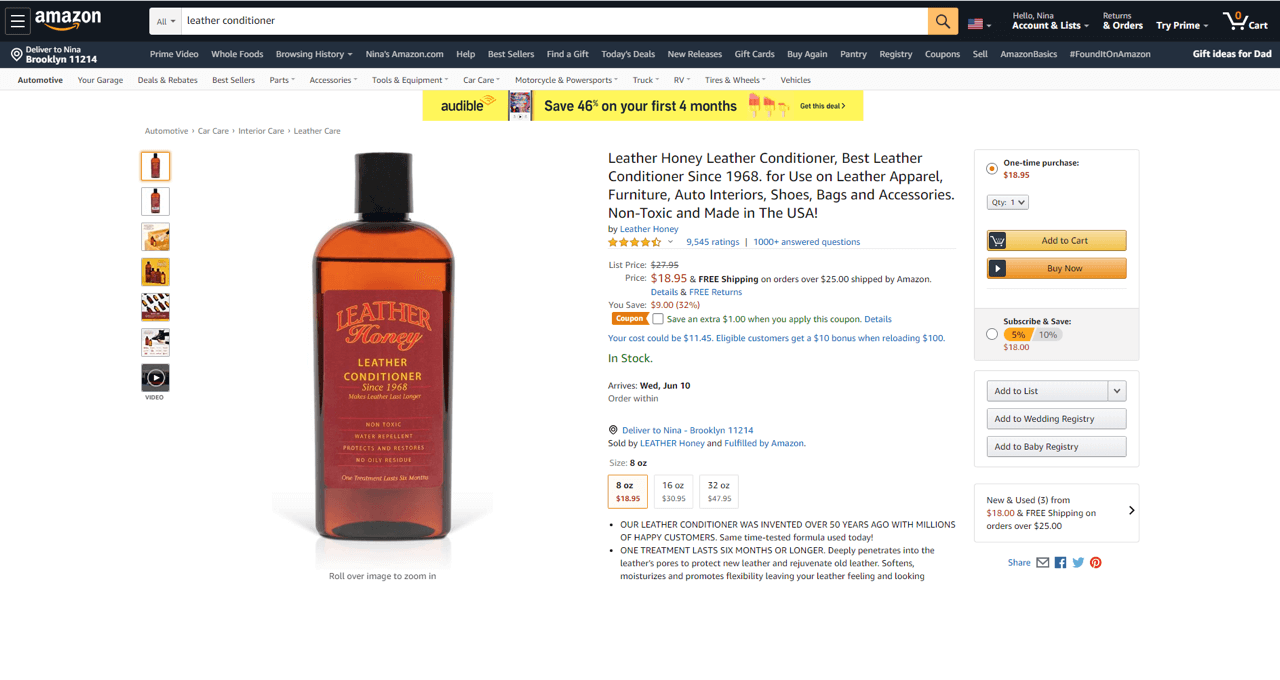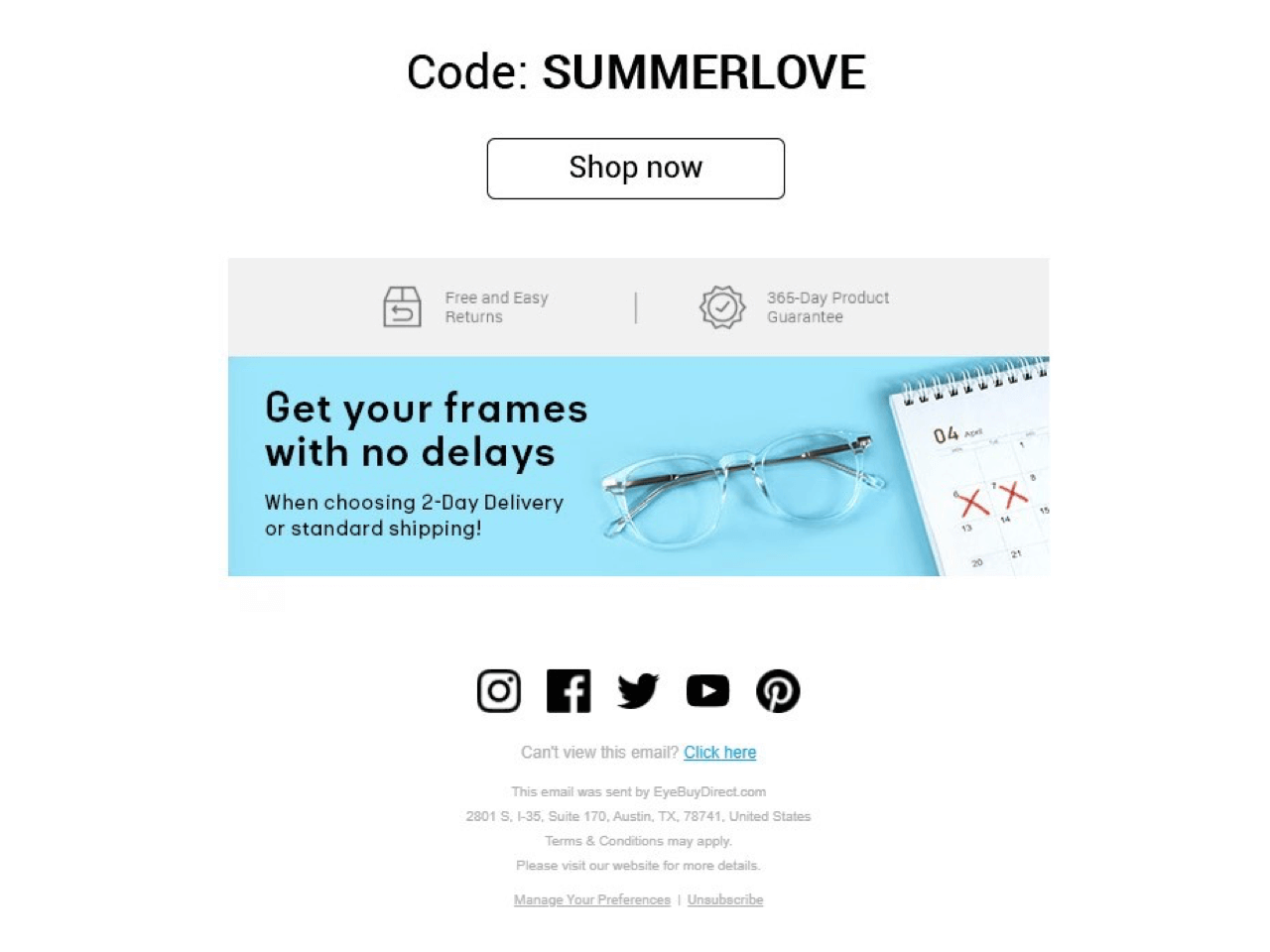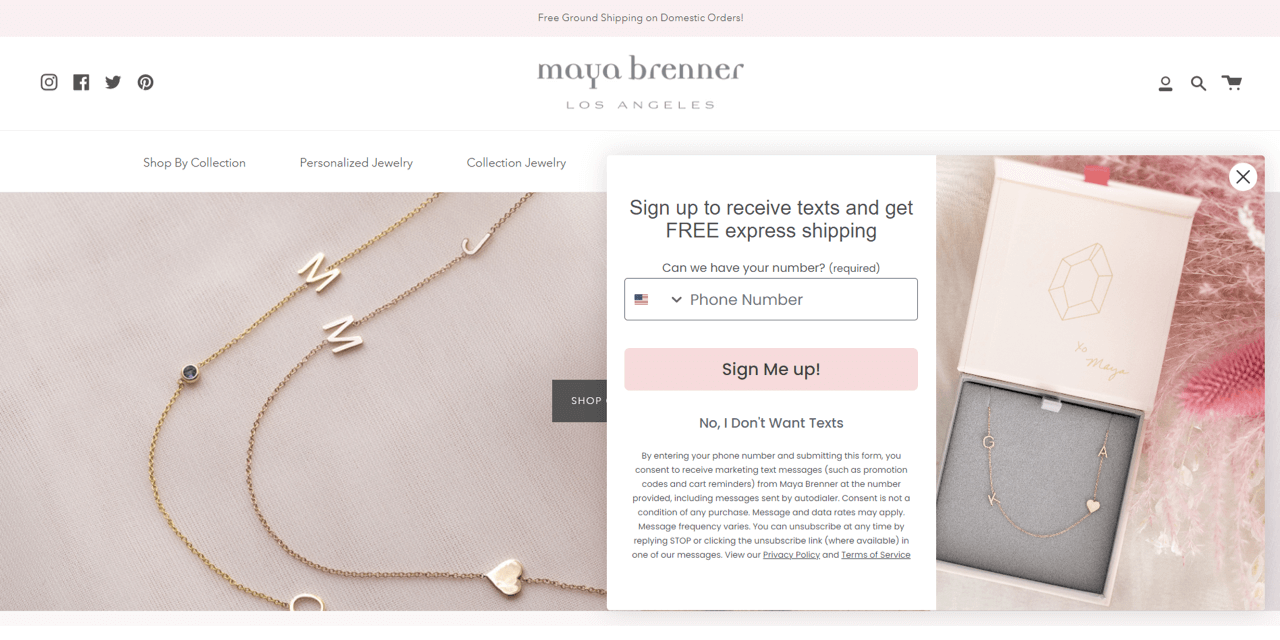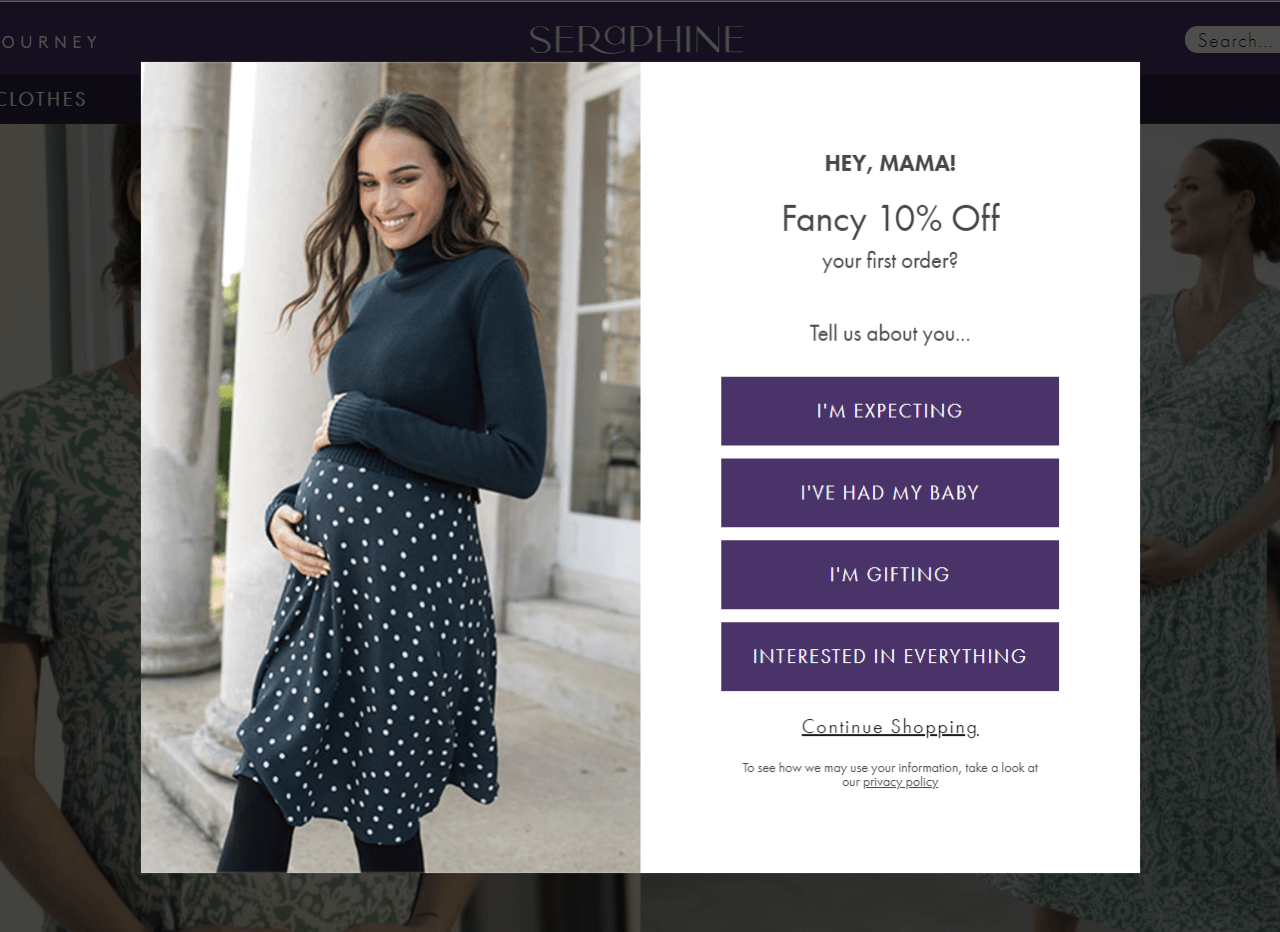How to Get Sales on Shopify and Grow Your Ecommerce Business
Shopify is an amazing platform that can help you launch an ecommerce store quickly and efficiently. But like with any platform, sales won’t happen on their own.
Making sales on Shopify can be as simple as reaching out to your friends, or as complicated as launching a complex Facebook ads funnel. But we all need to start somewhere!
Here is a step-by-step method of getting your first sales on Shopify. We’ll talk about winning those first conversions and increasing your momentum, so you could make even more sales as you progress.
The guide is broken down into 4 steps.
- Leverage free sources of traffic
- Create and monetize an email list
- Get more Shopify sales with paid traffic
- Optimize your store to make more sales
In the meantime, let’s start with a very popular question.
How long does it take to get sales on Shopify?
The length of time it will take for you to get your first sale on Shopify depends on a variety of factors:
-
Whether you have an existing network or email list that fit your target customer’s profile
-
The age and authority of your domain (if you are buying an existing domain)
-
The depth of your market research – and how your products and prices reflect your research
-
How you present your products (images, product descriptions, etc)
-
The incentives you have in place for visitors to buy from you
For instance, it may take forever to make a sale if you have no existing network and launched a site that doesn’t make sense in the current market.
If your products aren’t priced adequately, or if you don’t offer incentives like free shipping over a certain amount and coupons for first-time buyers, it will be difficult to pierce through the market. That’s especially relevant if you are operating in a competitive niche.
However, you can still expect to make your first sale on Shopify in a respectable amount of time (a few weeks or months) even without a large existing network. The key is to leverage what you have and optimize your store.
For now, I’m going to assume you’ve done your due diligence with market research and already have a store up and running.
Here’s why getting targeted traffic is key for your store
Many newbie store owners rush to drive traffic – ANY type of traffic – to their store in order to make sales quickly.
Yes, getting traffic should be your first objective to get sales on Shopify. You won’t know whether or not your products are priced right or if your brand resonates with your target audience unless people start visiting your website.
However, this can result in a massive waste of your resources if you try to send the wrong people to your store!
The wrong people won’t buy – not because your store sucks, but because your products and your brand aren’t meant for them.
When using paid traffic, you can create highly targeted methods to attract the right crowd to your site. But before you’ve had real buyers, you won’t be 100% certain of exactly who those right people are.
This is why you should start by leveraging your free sources of traffic first.
Step 1: Leverage free sources of traffic
By tapping into free sources of traffic, you’ll start generating analytics on your Shopify store. You’ll see what type of people visit, who opts in, who leaves without performing any action, and ultimately, who actually ends up spending money with you.
Once you have that data, you’ll be able to target lookalike audiences using paid traffic methods.
Reach out to your inner circle to get first sales on Shopify
Have you told your friends, families, colleagues, and other people in your network that you have a Shopify store?
Although your network has no obligation to buy from you, there is no harm in spreading the news and asking for support of all kinds.
Share the news on every social media platform you’re currently on: Facebook, LinkedIn, Instagram, Snapchat, Tik Tok, and more. Don’t forget to add your website link to your profiles, too!
If the people closest to you aren’t a good fit for your products, you can ask them to share your store on social media instead. You’ll start accessing other networks where some of your target customers could be hiding.
But you’ll never know unless you ask first!
Here’s a quick tip to reduce the friction for people to share your posts – provide some copy for them.
Instead of having to come up with their own captions, which may or may not be great at driving traffic, give them an existing template so that they don’t have to think about what to write.
Consider adding an early-bird discount and don’t forget to mention this in your copy. For best results, offer a discount in exchange for joining your email list.
If people in your network do buy from you, make sure you stress the importance of leaving a review directly on your Shopify store. Your network may trust you, but other people won’t – at least, not at first.
Positive reviews will add credibility when strangers start viewing your products. No one wants to be the first person to buy from an online store, so starting off with zero reviews on all your products can be difficult once you reach outside of your own network.
Grow your presence on relevant Reddit communities
Reddit is a huge platform that is often overlooked by business owners. You can find forums – or, as they are called, subreddits – for basically anything you can think of.
Start joining communities with specific interests that make sense for your brand. For example, if you sell organic skincare, r/SkinCareAddiction and r/NaturalBeauty are great communities to join.
You’ll be able to ask questions, understand how your audience thinks, figure out common problems your audience deals with, and much more. Most subreddits don’t allow outright selling, so make sure you check the rules before joining a community.
Although you can’t pitch your products directly, you can start offering advice and growing your authority in those communities. You can mention that you have a store without sharing a link to it. People who enjoy your advice will be more likely to check out your store by themselves!
You can also join your local subreddit if they exist. Many cities have their own subreddits, and if it doesn’t, you may find a subreddit for your region, state, province, etc.
Additionally, consider joining communities where you can have discussions with other business owners. For instance, there are bigger groups like r/Entrepreneur, or more niched down groups, like r/Shopify.
Create a Facebook and Instagram store
Facebook and Instagram are powerful platforms to help you get sales on Shopify, specifically because you can integrate your products directly on your profile and posts.
The best part? You can grow your audience on these platforms without spending a dime! Instagram is particularly effective for ecommerce marketing due to its visual nature. You’ll also have more luck getting organic traffic from Instagram compared to Facebook.
First things first, make sure you have an attractive profile and Instagram bio that targets the right people. Your bio should contain a link to your store, but as a Shopify entrepreneur, you’ll also be able to link to specific products directly from your posts.
Don’t just create posts with static images! Play around with different methods of showcasing your products in ways that will resonate with your audience. For example, if you’re selling activewear, an image of someone wearing your products while performing visually appealing sporting activities will be much more engaging than a flat lay of clothes or a model doing nothing in particular.
Popflex is particularly good at showcasing their activewear in multiple interesting ways. Whether it’s a single person in the middle of the action…
… or images of real customers sharing their progress while wearing the brand…
… no one post feels repetitive!
You can use a variety of tactics to get sales on Instagram and grow your brand, including:
-
Using relevant hashtags on your posts, including your shoppable posts
-
Interacting with every comment on your posts
-
Engaging with the followers of brands that are similar to yours
-
Running contests to create more incentives for new followers
-
Posting Stories every day to create a new way to engage with your followers
If you are just starting out and have little money but plenty of time, you can take care of your Instagram page yourself. However, consider hiring a social media manager who specializes in ecommerce marketing as soon as you can, so you regain your time back to continue optimizing your Shopify store for sales.
Get more Shopify sales via Amazon and other marketplaces
Existing marketplaces like eBay and Amazon have one huge benefit – they already generate their own traffic. They also might be more convenient for some customers because of the previous experience, memberships like Amazon Prime, or the trust factor.
That’s why Shopify has an option to help you list your products on other marketplaces, in addition to Shopify itself. Leather Honey products are a great example of this strategy. You can buy them from the original store as well as from most popular marketplaces including eBay and Amazon.
The disadvantage? You’ll be competing against others who sell similar items on the chosen marketplace. But that just means it’s important to include relevant keywords and optimize your listings for other marketplaces – just like you do for your Shopify store.
Start marketing on Pinterest
No, Pinterest isn’t just for DIY and blogging. The income level of pinners is relatively high, with 40% of them making over $100k per year per household.
72% of those pinners say that Pinterest inspires them to shop – even when they weren’t looking for anything!
90% of pinners also use Pinterest for making purchasing decisions.
So, how do you start?
First, you should optimize your profile just as you would with Instagram. However, you should note that Pinterest is more akin to a search engine than a social media platform.
This means that using keywords will be a crucial method to growing your traffic.
The more niched you make your Pinterest boards, the more you will attract the right type of audience. You can share product pins, which will take users directly to your store, but you should also share relevant info like blog posts, videos, and infographics.
Make sure you join relevant group boards, too. Group boards will help you share the authority of other influencers or industry experts who share your board, thus opening the door to untapped potential traffic.
Get referrals from your existing customers
Getting your first 4 to 5 sales on Shopify is the most difficult stepping stone. But once you get there, you’ll be able to multiply those sales – as long as you provide a positive customer experience.
Give incentives to those first customers in exchange for referrals. This doesn’t need to be a robust, automated system. For example, you can reach out to your first buyers yourself, either via email or social media, and offer them an enticing gift if they refer paying customers your way.
For this step, you can afford to be generous. Don’t be scared to offer large coupons or free items. Remember that this will not apply to everyone – only your very first customers. Treat them like the important founders they are, and they will help you multiply your ROI.
Step 2: Create and monetize an email list
Now that you have free traffic coming in from your previous efforts, you need to maximize the value of each visitor. You can do that by creating an email list and optimizing your Shopify store not just to make sales, but to turn visitors into subscribers, too.
Having email subscribers interested in your product means you’ll be able to reach them and using the right tactics, get repetitive sales on your Shopify store.
Start with choosing email marketing software
Before you start collecting emails from your store visitors, you should have an idea of what your communication with them will look like and how your list will help you get more Shopify sales. That means you need to come up with a minimum vital email marketing strategy.
Once you have it outlined, you will need to sign up for an email marketing platform.
There are countless options available on the market, such as Klaviyo, Drip, Infusionsoft, ActiveCampaign, and more. These platforms allow you to:
-
Email a group of subscribers, or all subscribers at once
-
Create predefined email sequences (for example, a welcome sequence or an abandoned cart sequence)
-
Track who opens your emails, clicks on links, and more
Not only that, but they also keep you within legality when emailing your subscribers. Most of these platforms display your business address and an Unsubscribe link at the bottom of every email so that every subscriber has an easy way of opting out.
A quick word of warning: it is against the terms of use for these platforms to add people to your list without their consent. Subscribers need to give their name and email address of their own free will.
How to grow your email list
Want to grow your list from non-existent to thriving? You’ll need to turn your Shopify store into a conversion machine.
As an ecommerce shop owner, you have simple ways to entice your visitors into trading their email address in exchange for something of value. Anything from a percentage off their first order, a free add-on product, free shipping, and multiplied loyalty points can be a good way to keep people around.
For instance, notice how Juno & Co, a beauty company, uses a sticky bar at the bottom to collect emails in exchange for a 20% discount on the first purchase.
Notice how Peach & Lily uses a slide-in that appears from the right-hand side right after you land on their website.
How to use email marketing to get sales on Shopify
The topic of using email marketing for increasing ecommerce sales could be its own article! But here are a few pointers to get you started.
Start by creating pre-determined email sequences that will trigger when your subscribers act in a certain way:
-
A welcome sequence when people first subscribe
-
Cart abandonment sequences when subscribers leave items in their cart
-
Re-engagement sequences when subscribers stop opening your emails
You should also consider segmenting your subscribers based on their purchasing history. Segmentation is important because it ensures you showcase relevant products based on the subscriber’s interests. And relevancy ensures you get more sales on your Shopify store.
Here’s an example: Thyme Maternity asks new shoppers to disclose their due date so that they can send relevant products at the right time. This means pregnant mothers will likely receive maternity clothing offers, whereas mothers who already gave birth may receive nursing clothing recommendations instead.
The more targeted your email marketing efforts are, the more sales you can expect to make on your Shopify store.
Send wishlist reminder emails
Do your subscribers often add items to their wishlist, but then forget about them completely? Cart items aren’t the only things you can remind your shoppers about!
Your subscribers are busy. The reason they don’t purchase a wishlist item could be because they aren’t certain yet or don’t have the funds… or, it could be because they forgot.
Don’t let forgotten sales slip through the cracks and remind your customers of those coveted items.
Step 3: Get more Shopify sales with paid traffic
If you have followed all the previous steps so far, you should have made at least a handful of sales.
This means you will have rich data on what real buyers actually look like – instead of relying on educated assumptions. It’s time to use that data to scale your efforts and get even more sales.
Launch Facebook and Instagram ads
With Facebook and Instagram ads, you can scale the amount of traffic you’re getting to your site, and thus make more sales – as long as you are directing the right traffic to the right pages.
On Facebook, you can target a variety of different people, based on:
- Demographics
- Interests
- Pages they like
- How they interact with your brand
- Location
- And more!
You can also install a Facebook Pixel on your website to start collecting data about your website visitors. If you’re unfamiliar with the Facebook Pixel, it is simply a snippet of code that tells Facebook who is visiting your site. It’s really easy to install, and you won’t need any coding for that. Once you have the Pixel set up, you can show ads to people who visited your site.
Additionally, you can create a Lookalike audience.
Lookalikes are people who don’t yet know or like your brand but have similar behavior and interests to people who do.
You can create lookalikes for:
- Website visitors
- Email subscribers
- People who interact with your Facebook or Instagram page
- People who watch a given percentage of your videos
If you’ve ever shopped for something specific like garden hoses, and then kept seeing other ads for new brands of garden hoses, those are lookalike ads at work!
There are many ways you can attract the attention of your audience with ads. For instance, you can offer a discount, like Hello Bello:
You can also point out the main benefits of your product and all the perks that come with shopping on your store. The Oodie brand knows I live in Canada and I hate the cold, plus they offer free shipping:
I highly suggest you don’t drive traffic to a regular product page if you are advertising a single product. If you’re trying to advertise a particular product that has been getting good reviews, take some time to make a more in-depth page that details all the benefits!
For example, when you click on the Hello Bello ad we looked at before, you land on this detailed landing page:
You can also use carousel ads to advertise several products at once. In this case, you can redirect your traffic to regular product pages.
Plus, you retarget warm traffic to get sales on Shopify. Warm traffic includes people who already visited your website or who are on your email list – to remind them that they left something in their cart, or that the product they looked at before is running out of stock soon.
Use Google ads
Google Ads tend to be more expensive per click. However, that comes with the added benefit of targeting only people who are looking for something in particular!
Google Ads are those search results you see at the top when you search something on Google. They’re always marked as an ad.
For example, let’s say I’m shopping for a new bathing suit. Asos decided to target this keyword and pay to show up first:
Make sure you do your due diligence and research your keywords before launching a Google Ad campaign. You should only target people who actually want to buy, and not people who have other interests in mind. For example, if I search ‘How to make your own bathing suit’, you’ll notice no ads come up.
That kind of search term does not entail purchase intent. And if there is no purchase intent, triggering your ads would be a waste of money.
Partner with influencers for paid shoutouts
Regular ads aren’t the only way to make sales on Shopify anymore. Influencer marketing can be incredibly powerful to bring you a surge of sales – as long as you choose the right type of influencer for your audience.
Keep in mind that the bigger the audience, the more expensive it will be to work with an influencer. You can always start out small to test the waters first and see how certain audiences respond to your products.
Step 4: Optimize your store to make more sales
When you have tons of traffic coming through your store, you’re bound to make at least a few sales. However, you can always improve to maximize the value of each visitor.
Add a live chat on your Shopify store
Your visitors may have questions about one of your products or require assistance before they are ready to buy. If you don’t provide that support, they may decide it’s not worth the trouble and decide not to buy.
Avoid this by adding a live chat directly on your Shopify store. And don’t be intimidated by the idea of being online 24/7. You can always set up the chat button to stop displaying during the non-working hours or you can provide an option to leave a message like Athletic Greens.
Of course, a live chat will require more effort from you and your team. But given that it also significantly increases the chances of getting sales on your Shopify store, going the extra mile is absolutely worth it.
Insert reviews with user-generated content
Remember when we discussed asking for reviews?
Make sure you make the most of those reviews by displaying them on your website. Reviews can show up on product pages directly, on your home page, and a dedicated Testimonials page.
Ripe displays all of their customer reviews directly on the product pages. You can click on the star symbol and read all the reviews at your leisure.
To easily implement a reviews section on your Shopify store, you can use dedicated apps like Yotpo or its alternatives.
Start a loyalty program
Each paying customer could be generating even more paying customers. This will help you reduce your cost per purchase and allow you to reinvest more profits into improving your site, growing your team, or scaling your paid traffic.
Loyalty programs work extremely well for this. Not only can your customers gather points for their purchases, but you should consider rewarding them for referring their friends and family.
I mentioned referrals near the top of this post, but once the number of customers on your store grows, handling the communication manually will be a challenge. At this point, consider creating a more structured program that can scale along with your store. You’ll find plenty of dedicated apps for implementing a loyalty program on your Shopify store, including Smile, Growave, Rise, and more.
Optimize your site for mobile
If your Shopify store isn’t already optimized for mobile, you’re losing a huge opportunity to make more sales.
In the US alone, the mobile ecommerce market has grown from $0.97 billion in 2016 to $2.32 billion in 2019, and is estimated to grow to $3.56 in 2021.
A clunky mobile experience is most likely making you lose out on countless potential customers.
Invest in a mobile version of your website, and if you’re already generating traffic, you should start making more sales on Shopify just from that effort.
Optimize your product pages
Your product pages can be stripped down and basic, with a few images and a product description… or, they can be loaded with bells and whistles. My suggestion? Test out various additions on your product pages and see what works best for you.
For instance, you can try adding product quantities, especially if you’re almost out of stock.
If you offer financing, you can try mentioning this on your product page to see if this will help you make more sales.
If you’re in the middle of a sale, you can also add a countdown timer to add scarcity.
Create upsells for your products
When a visitor adds one of your products to their cart, they’ve shown an interest in spending money with you. You have an opportunity to make more sales on Shopify by offering them related products.
You can show upsells and cross-sells on a popup when they add an item to the cart, or you can also add a checkbox option at checkout directly.
Leather Honey shows a great example of upselling. When you add a product to cart, you see a non-intrusive recommendation of a complementing item that adds value to your purchase.
